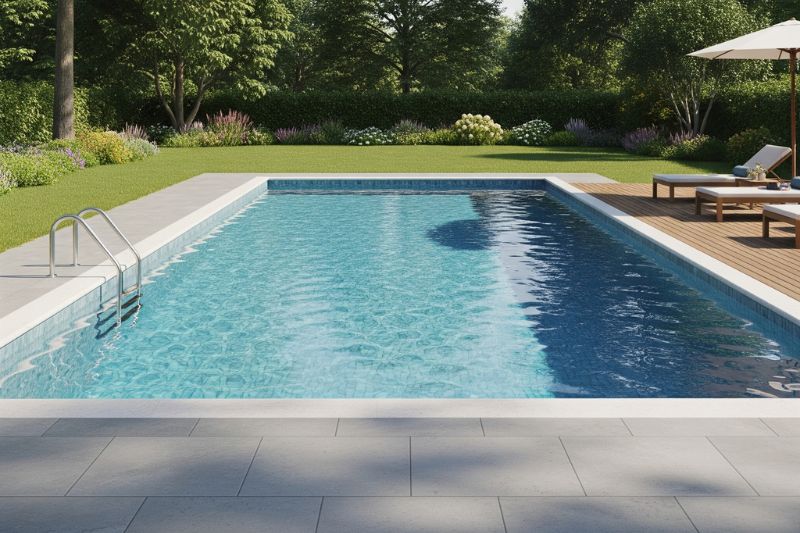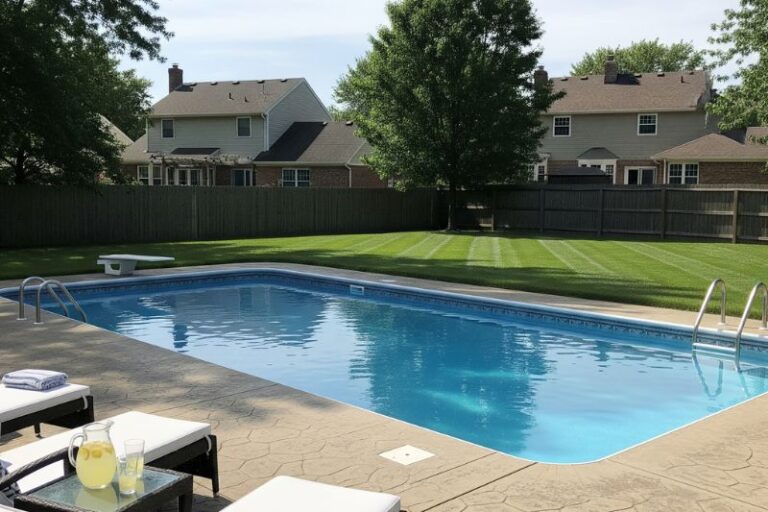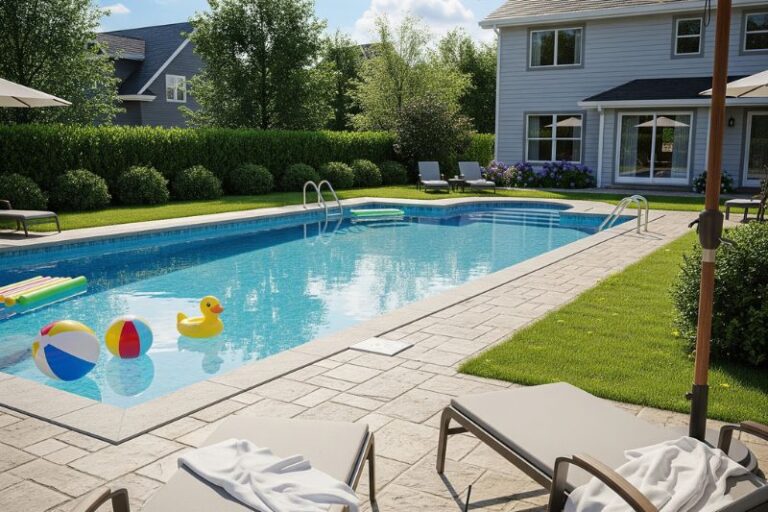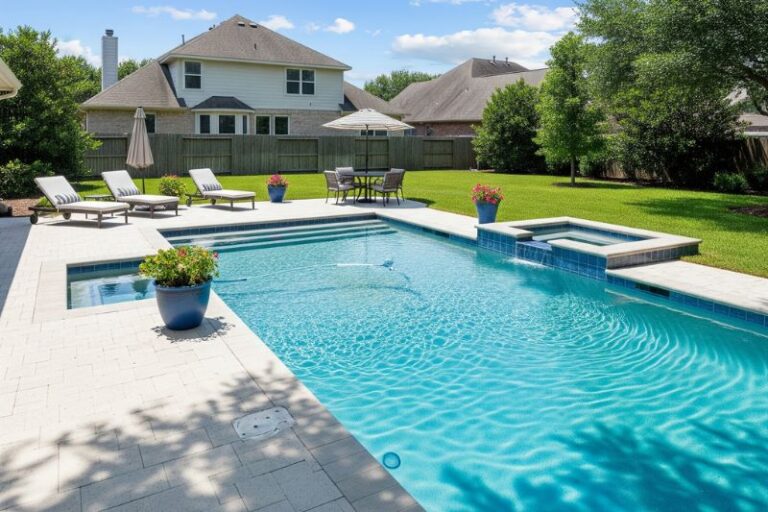It was a sunny Thursday when the mystery arrived. A homeowner stood beside their flawless-looking pool, arms crossed, and swore they had done everything right. They held up their test kit like a badge of honor. “All the chemicals are balanced,” they said. But I could already see it in their eyes. Something was off.
This is the story of how balanced pool chemicals can still lead to problems and how the smallest missed step can turn a dream into a headache.
Chapter One: The Clues
At first glance, the pool seemed perfect. The water sparkled under the sun. The pH, chlorine, alkalinity, even the calcium hardness were all within range on their test kit.
But then I looked closer.
- A faint haze in the deep end
- Slightly rough spots on the steps
- A quiet gurgling sound from the pump
- The faintest odor of something metallic
The homeowner was confused. “We shock weekly, vacuum, check the chemicals every few days. I even brush the walls,” they insisted.
Yet there it was: a beautiful pool hiding a secret.
Chapter Two: The Interrogation
I started asking the right questions. Because pools, like people, don’t always tell you the whole truth at first.
The Filter Dilemma
“When was the last time you cleaned the filter?” I asked.
They hesitated. “Well, we backwash it… sometimes. When the gauge goes up. But the pressure looks fine now.”
Ah. The classic. A dirty filter can still pass water but not properly remove fine debris. A balanced chemical test won’t catch that. Over time, this leads to haze and uneven circulation.
The Circulation Question
I walked around the pool. “How long do you run the pump each day?”
They answered quickly. “Oh, four or five hours. That’s plenty, right?”
Not really. Most pools need 8–12 hours of circulation depending on size, temperature, and bather load. Without enough run time, dead spots form where water sits stagnant. Balanced chemistry can’t fix water that never moves.
The Metal Mystery
That faint metallic smell bothered me. So I probed. “Do you have well water? Or have you ever added a copper-based algaecide?”
The homeowner’s eyes widened. “We filled it from our well and used some copper algaecide last month because of algae.”
Bingo. Even if your water tests show perfect chlorine, metals in the water can cause stains, cloudiness, and damage if not properly managed.
Chapter Three: The Undercover Evidence
I pulled out my own test kit and inspected things more closely. The homeowner was right: pH, chlorine, alkalinity, and calcium were all within acceptable levels.
But then I ran a few more tests.
- The filter was packed with fine debris despite normal pressure.
- Copper levels were elevated.
- Circulation was uneven, with dead zones behind ladders and in corners.
Even with perfect chemistry on paper, the water was telling another story.
Chapter Four: The Solution
Once we cracked the case, it was time to set things right.
Step 1: Deep Clean The Filter
We cleaned the filter thoroughly, not just a quick backwash. This removed the fine particles it could no longer trap.
Step 2: Adjust Circulation
We increased the pump run time to a full 10 hours a day and repositioned the return jets to improve flow. Dead zones disappeared.
Step 3: Treat The Metals
We added a metal sequestrant to bind up the copper and prevent further staining or cloudiness.
Step 4: Scrub And Skim
We brushed every corner, step, and wall to dislodge hidden debris and algae spores, then skimmed off anything floating.
Step 5: Retest And Monitor
Finally, we tested everything again and set a schedule to monitor the water weekly for metals, not just the usual suspects.
Checklist For Preventing “Balanced But Off” Pools
If you don’t want to fall into the same trap, follow this simple checklist:
- Clean your filter at least once a month, or more with heavy use.
- Run the pump long enough to circulate all the water daily.
- Brush your pool walls and steps weekly, even if they look clean.
- Test for metals if you use well water or copper-based chemicals.
- Don’t just rely on basic tests, look for signs like haze, rough spots, or odors.
Case Closed
By the time we finished, the pool looked and felt like it should. The haze cleared, the stains faded, the homeowner finally smiled.
They had done everything they thought was right. But water has a way of revealing what we miss. Perfect numbers on a test strip can give a false sense of security. Filters still clog. Metals still sneak in. Pumps still need time to do their job.
In the end, it was not about chemicals alone. It was about seeing the whole picture.
When your pool feels off despite perfect tests, don’t ignore the clues. Look deeper. Ask questions. And never assume the numbers tell the full story.
Case closed.




